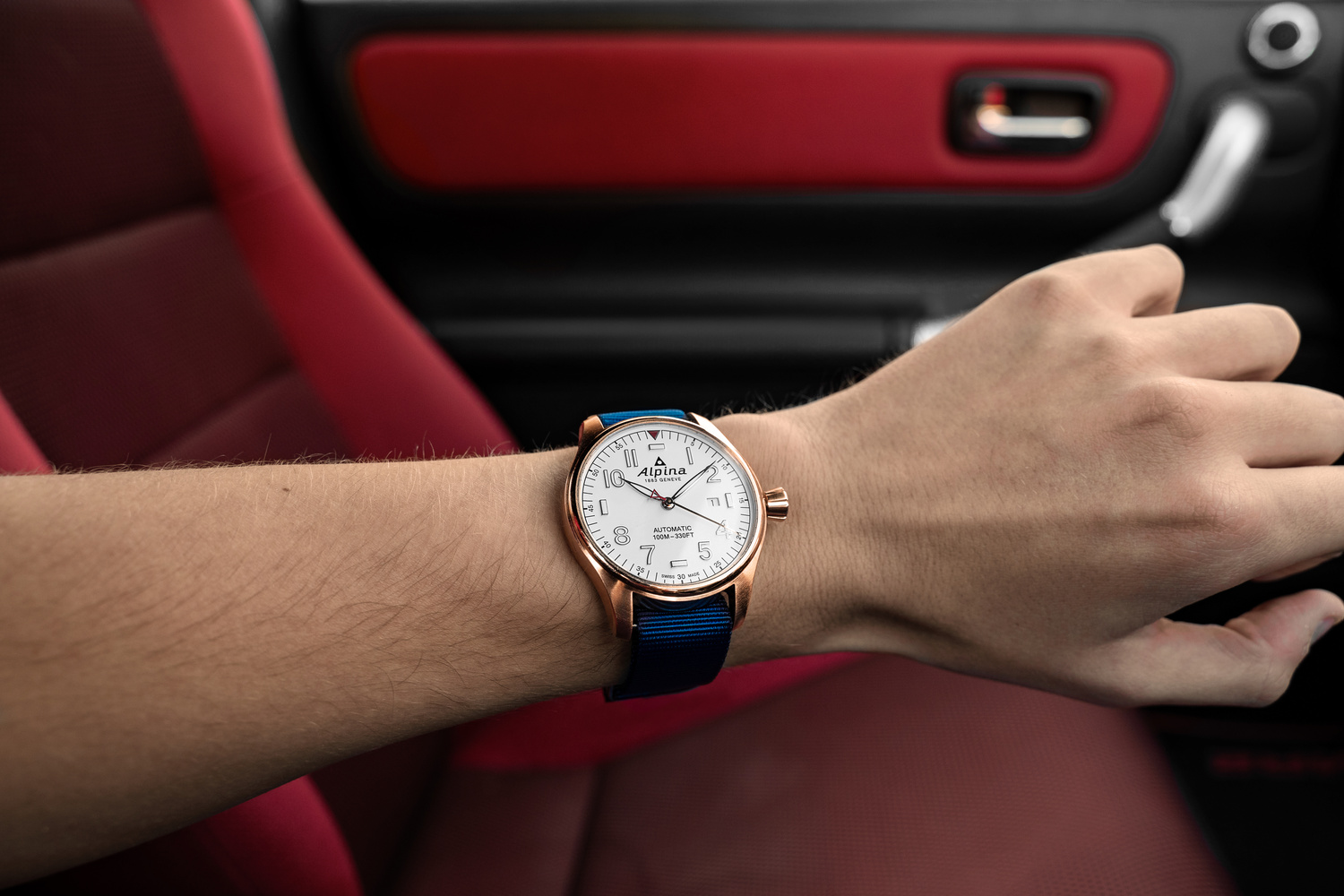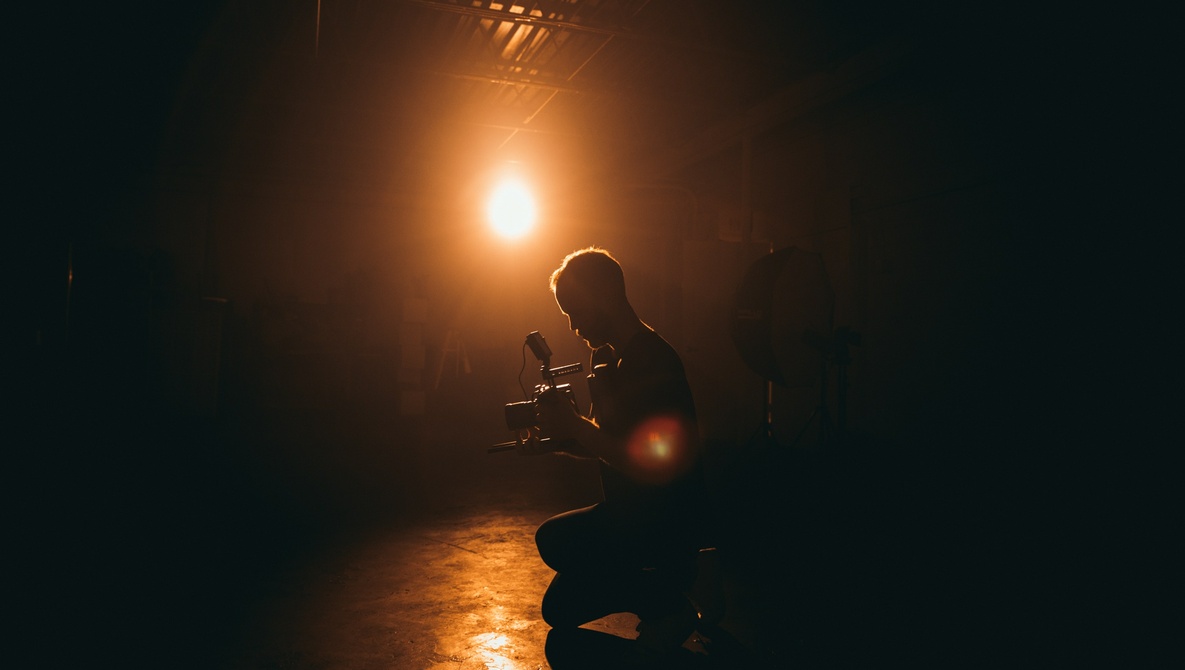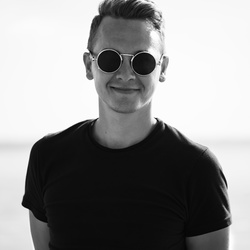I have the best part of a decade of professional photography under my belt, with some very hard years and some good years during that time. I have learned a lot about the craft, the industry, and most of all, about running a small business. The majority of the lessons that had the most significant impact on my career were not around techniques, post-production, or even equipment; they were about running a business.
There have been many articles on how photographers ought to treat their photography business like a business as a matter of priority. Those paths are well-trodden, so I won’t cover it here, but what I will say is that creative professions can be deceptive. You can be fooled into thinking those who are the most creative, or those who take the best photographs, will get the jobs. I can guarantee you that is not the case nearly as much as you might think. Some of my most loyal and lucrative clients have gone as far as to say that one of the most important reasons for our continued relationship is my unwavering reliability.
I’m not delusional: I know there are other photographers who can do what I do, and there are undoubtedly some who can do it better. However, my reliability, honesty, promptness, and mantra of “under-promise, overdeliver” have served to set me apart in some circumstances. The problem is, all of these positive traits and my mantra are for naught unless you get a paying client. After all, a prospective client can’t tell you’re under-promising or that you won’t miss your deadlines.
Client Acquisition

When I first started my photography business, having been a photographer for several years, I was as motivated as I was overwhelmed. While the number of possibilities seemed infinite, the wide scope made getting my first client daunting. In the first year I got clients in every industry you can think of: I did environmental, pet portraits, architectural, headshots, and a smattering of retouching jobs. I was getting these jobs by virtue of my relentless knocking on doors and asking if they have any need for a photographer, along with word-of-mouth.
At the end of my first year, I was conflicted. On the one hand, I’d managed to find a fair few paying clients, some repeat work, and things were gradually improving. On the other hand, the amount of money I earned for the number of hours I worked was utterly untenable. I was pulling a minimum of 80-hour weeks most weeks, with one touching triple digits. I wasn’t bothered by this — I was naively proud of my hustle — but it wasn’t sustainable, particularly given my low income.
The second year went much like the first, and although I was earning more, the balance was all wrong. I knew I had to aim higher with clients, but the more impressive the client, the less impressive I was to them. I had narrowed down a niche — which in itself was a crucial step — and I was canvassing for clients, but whether I got them or not wasn’t based on my salesmanship (or at least my salesmanship was not a key reason), it was mostly luck. Toward the middle of the second year, I got a client that changed everything, however.
This client was a small brand with some budget behind them and some employees. They gave me a chance based on the images I had created for another brand, and I went all out on the first brief. I wanted to create images that would stop people from scrolling and have people buying. That is the obvious strategy for a product photographer, but until that point, I had just been creating images I thought were good or showed off an element of the product I liked. There wasn’t much thought going into the purpose of the shots until now.
The first brief went well, and I was given more, and it continued to go in that direction for some time. We had a great relationship, and as they kindly informed me, they put some of the brand's excellent growth down to my imagery being so effective on social media and in adverts. That compliment was lovely to receive, but it also marked a pivotal moment in my career. Like many of us creatives, I overanalyze everything I can, and I began to pick apart why my relationship with this client had gone so well. Eventually, I narrowed it down and nothing was ever the same.
Solving Problems

When you read anything on entrepreneurship, starting a business, or forging a path in the working world, you will inevitably run into a variation of a notion along the lines of “solve problems”. This is the beating heart of most consultancy businesses, but also many successful start-ups; find a problem and solve it. If you’re looking to attain clients, in corporate language, you need to “find their pain points” and then resolve them. Are they hemorrhaging money on import tax? Find them a local supplier. Is their site getting no organic traffic? Overhaul their SEO. Is their office dog distractingly cute? Get an uglier dog.
I was fully aware of how important solving problems for clients was to a successful business, but how did it apply to photography? Photography felt so linear; they needed some photographs, I created some for them. That was solving the problem, wasn’t it? Yes and no — mostly no. If a jeweler asks you to take a picture of their new ring on someone’s hand, a great many photographers could do that for them. The quality of the images plays a role in if you get another job from that client or not, but there’s a better way to differentiate: solve the underlining problem.
With a product, the problem is typically getting people to buy it. This involves getting the product in front of as many people as possible, which might be what your images are for when posted on social media or used as ads. So, drill down into this. What is the product’s demographic? What ads or posts have been successful in the product’s area and why? With my client that changed everything, I had inadvertently been asking these questions. For instance, around Christmas I made their product look like the perfect gift and I shot it in a way that would look great on Instagram as that was the social media platform of choice for the target demographic.
Again, in the moment, I wasn’t aware I was solving these problems, I was merely trying to create shots that would look great for whatever ad campaign I had been given; I was offered free rein with creative direction. After I reflected on a successful partnership for several years, I realized that it was simply the age-old business cliché of finding problems and solving them. From that moment on, I’ve tried to be cognizant of what the true purpose is of every image I take. Don’t merely take a photograph because the client needs a photograph, but rather, find the reasons for the client needing a photograph and research around that — it will set you apart in a way few other actions can.








I think the advice in this article is very sound. I highly recommend reading if we're photographers or videographers looking to get paid work.